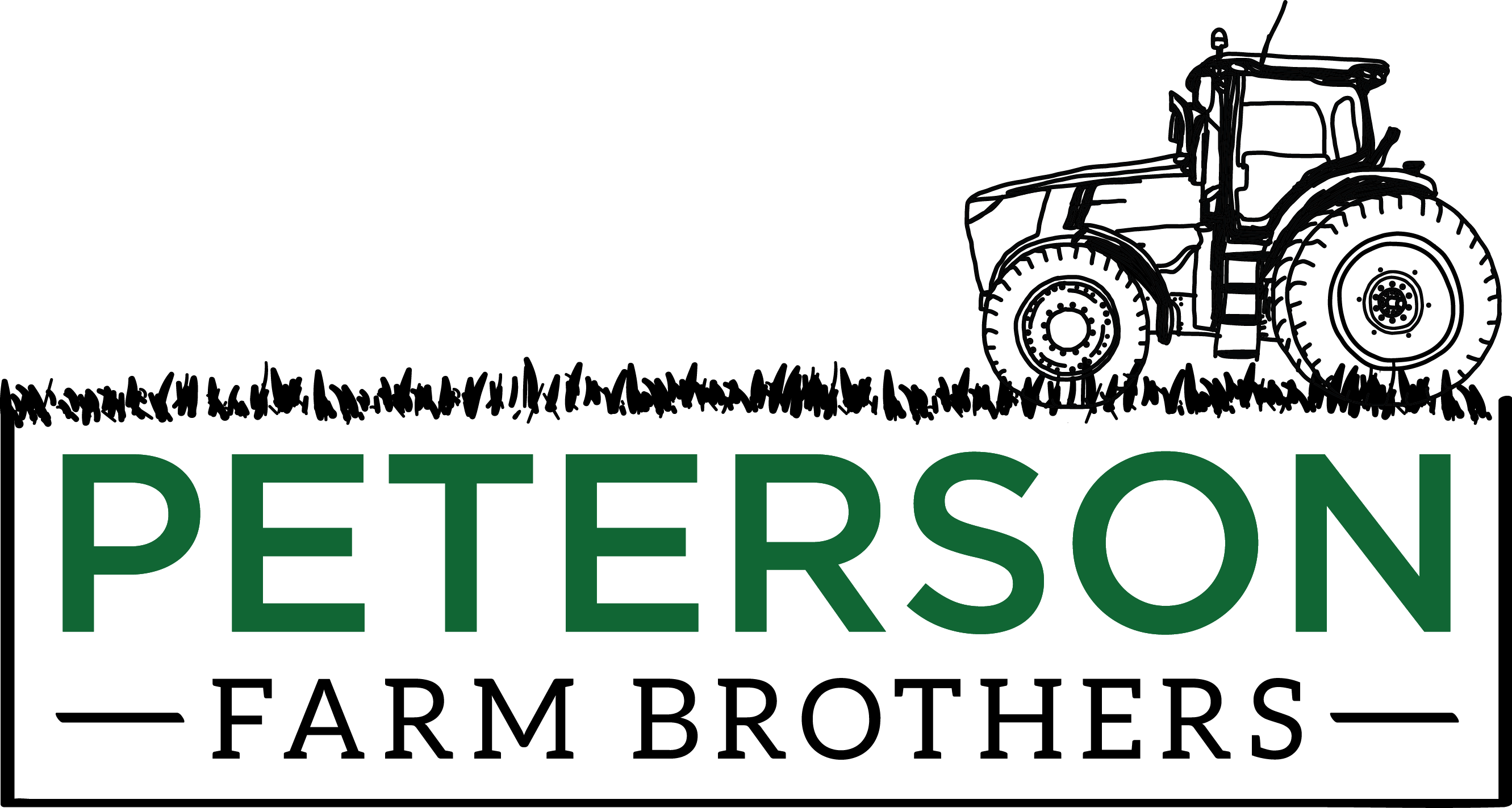It is no secret that many people are concerned about the use of antibiotics in our food production. Often people will try to avoid consuming them by purchasing food with “raised without antibiotics” labels. Is it worth paying extra for these labels? Are there really antibiotics in our food? Is overuse of antibiotics an issue? This blog will try to address those questions!
Are there antibiotics in my meat and milk? The answer to this questions is NO! It is illegal for meat or milk to contain any antibiotics. While antibiotics can be administered to animals being raised for food, the FDA requires all meat and milk to be antibiotic free when sold for consumption. This is done by requiring a very strict withdrawal time before meat can be harvested (slaughter) or milk can be collected from an animal that has been given antibiotics.
This is especially true in milk. When a dairy farmer has to give a sick cow antibiotics, the dairy farmer must dump the milk from that cow down the drain for a select number of days until the antibiotics inside the cow are through its system. Milk is tested before it is taken from the farmer and if any antibiotics are found in the milk, the whole load must be dumped down the drain. (Click here to learn more here)

The lesson to be learned is that by the time you eat milk or meat, any residues of antibiotics that may or may not have been there will be long gone! Farmers are lawfully bound to this practice.
How are antibiotics used in the livestock industry? Antibiotics and vaccines are used throughout the livestock industry to prevent animals from getting sick (preventative) and help the ones who do get sick recover (therapeutic) and to promote healthy growth (sub-therapeutic).
Therapeutic: Licensed veterinarians give farmers recommendations on what to give sick animals. Not using antibiotics on an animal that gets sick increases the suffering of the animal and is inhumane. Animals are never “pumped full” of antibiotics. Only a few milliliters (5-10) are given to each animal, which is less in comparison to that of humans in relation to overall body weight. A single bottle of antibiotics can cost hundreds or even thousands of dollars (the bottle of Draxxin pictured below was around $2,000) and a livestock farmer would be stupid to use more than he has to. A single bottle can doctor up to 100 animals.

Preventative and Sub-Therapeutic: Cattle are sometimes vaccinated when moved to a new place in order to prevent sickness. Cattle can also in certain situations be given feed additives. Our friend Ryan Goodman does a great job of describing those here: Feed Additives and Ionophores
Antimicrobials and sub-therapeutic antibiotics are used throughout the poultry and swine industries. These are low dose antibiotics given through feed that improve growth efficiency, prevent illness, and even prevent food-borne illnesses.
In all of these cases, doses are given at incredibly low amounts. However, there is room for concern with these practices, and farmers and scientists alike are looking for answers and solutions.
Is antibiotic use in animals causing resistance in humans? Most antibiotic use in livestock farming deals with different antibiotics than what are used in humans. However, antibiotic resistance is developing in both humans and animals. In both cases, overprescribing antibiotics is contributing to the issue. Farmers, veterinarians, and human doctors should be aware of this issue and be working to find solutions and using antibiotics in a responsible manner. (Read more here)
If some farms can raise animals without using antibiotics, why can’t all? The “raised without antibiotics” label is somewhat misleading. Even on farms that attempt to raise animals without antibiotics, animals get sick. Just like humans, certain animals are more prone to sickness than others. Antibiotics are still given to animals on these farms, but are pulled from the “raised without antibiotics” herd and sold as conventional meat or dairy. At this point, there is no way all of our animals can be raised without antibiotics. At best, “raised without antibiotics” is a specialty product for now. In order to raise enough animals to meet consumer demand, antibiotics must be used to keep animals healthy.

